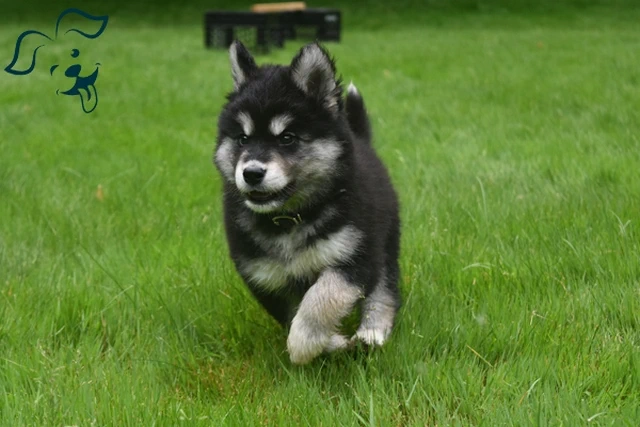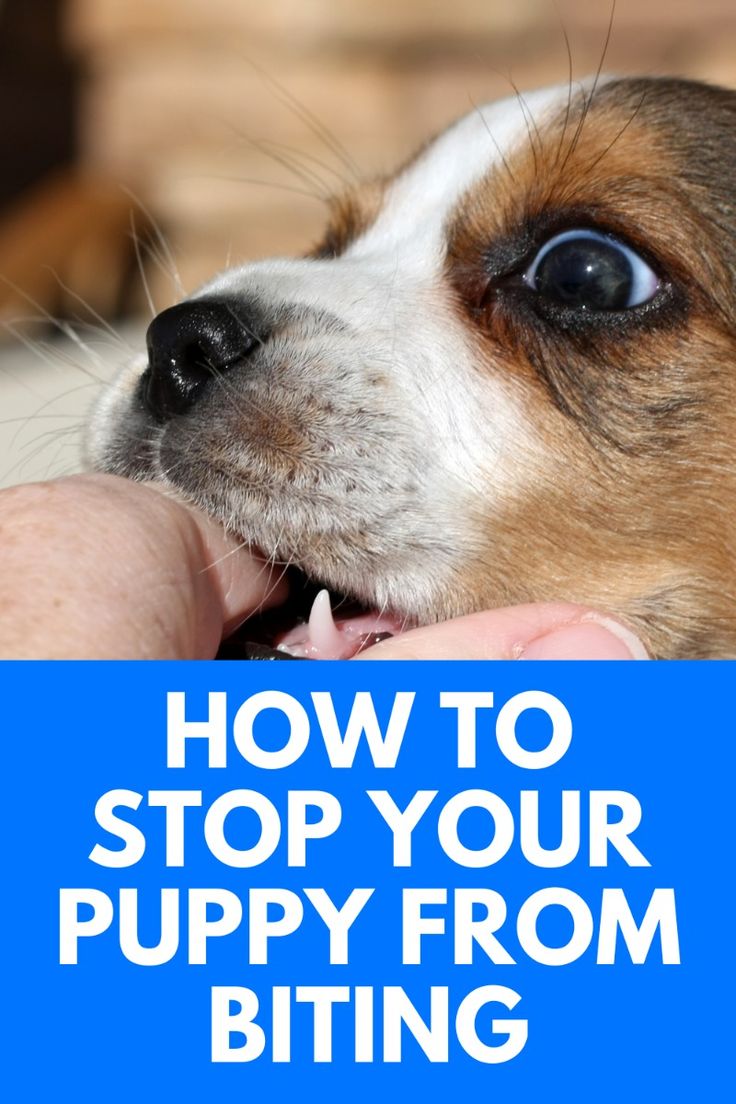CARING WITH FAMILY
|
| The degree to which a breed demonstrates warmth and fondness towards family members or familiar individuals can vary significantly. Certain breeds may exhibit a reserved demeanor around all but their primary caretaker showcasing exclusive devotion. Conversely some breeds are known for their open-hearted approach lavishing affection on anyone within their circle of acquaintances as if they were their closest companions. |
LOVE WITH CHILDREN
Unwise
Good With Children
|
| The propensity of a breed to accommodate the unpredictable actions and noise levels of children as well as its general suitability for family life varies. While all canine interactions with young children or those new to dogs require careful oversight some breeds show a particular aptitude for patience and gentleness making them excellent companions for familial settings. |
BEHAVIOR WITH DOGS
Unwise
Good With Other Dogs
|
| The inherent sociability of a breed with its canine counterparts can influence how readily it engages in peaceful interaction with other dogs. Although supervision remains essential during dog meetings and introductions to ensure a harmonious exchange some breeds are naturally predisposed to be amiable and gregarious facilitating easier integration within multi-dog households or social public settings. |
SHEDDING LEVELS & MANAGEMENT
No Shedding
Hair Everywhere
|
| The extent of shedding in a dog breed can significantly affect the amount of pet hair distributed throughout your living environment. High-shedding breeds often necessitate routine grooming potentially provoke allergies sensitive to pet dander and may require you to invest more time in household cleaning activities such as vacuuming and using lint rollers to manage the accumulation of fur on clothing and furniture. |
COAT GROOMING STANDARDS
|
| The grooming needs of a dog breed encompass a spectrum of activities such as bathing, brushing, trimming, and other forms of coat maintenance which vary in frequency and complexity. When assessing the level of grooming effort a breed necessitates it's crucial to contemplate the amount of time, patience, and financial resources you're willing to dedicate to these care routines. It's also important to remember that independent of breed all dogs will need regular nail trims to maintain good paw health and prevent discomfort or injury. |
DROOLING INTENSITY
Less Likely to Drool
Always Have a Towel
|
| When thinking about getting a dog, it’s important to consider how much a breed tends to drool. If you’re a neat freak, you might want to steer clear of breeds known for excessive drooling, as they can leave strings of slobber on your arm or create big wet spots on your clothes. |
COAT STYLES GUIDE |
| Double |
| COAT SPECTRUM |
| Medium |
FRIENDLINESS
Reserved
Everyone Is My Best Friend
|
| A breed’s predisposition towards strangers can greatly impact its behavior in social settings. Some breeds tend to be wary or even aloof when faced with unfamiliar individuals, maintaining caution irrespective of the environment. On the other hand there are breeds that exhibit an exuberant and friendly disposition often eagerly greeting new people with enthusiasm. When choosing a breed, consider how much interaction with strangers will occur in your dog's life and how you want your dog to respond to those encounters. |
LIVELINESS
Only When You Want To Play
Non-Stop
|
| The zeal for play exhibited by a breed can significantly influence its behavior and activity needs throughout its life. Certain breeds retain a puppy-like love for interactive games like tug-of-war or fetch well into their adult years which can provide both enjoyable bonding time and necessary exercise. In contrast other breeds may display a more sedate personality often preferring leisurely relaxation and quiet companionship as they mature. Prospective dog owners should consider how a breed's typical playfulness aligns with their own lifestyle and energy level when selecting a canine companion. |
VIGILANCE INTENSITY
What's Mine Is Yours
Vigilant
|
| A breed's inclination to act as a sentinel, alerting its owners to the presence of newcomers or potential threats is a trait often bred into dogs for protective or herding purposes. Such breeds tend to be vigilant and may react vocally to anything unusual, from a delivery person at the door to wildlife in the backyard. Commonly, these dogs will exhibit a calmer demeanor towards strangers once they observe that their family accepts the newcomer into the home, signaling that the individual poses no threat. When considering such a breed, potential dog owners should be prepared for a certain level of watchfulness and vocalization, balanced with proper training and socialization to manage their guardian instincts appropriately. |
ADAPTATION CAPACITY
Lives For Routine
Highly Adaptable
|
| A dog breed's adaptability to change is a vital characteristic that affects its ability to cope with alterations in living conditions, noise levels, weather fluctuations and shifts in daily routines. Some breeds are renowned for their flexible natures easily accommodating shifts in their environment and schedule with minimal stress. On the other hand there are breeds that thrive on consistency and predictability and may show signs of unease or discomfort when faced with significant changes. |
OBEDIENCE LEVEL
Self-Willed
Eager to Please
|
| The ease of training your dog and its openness to learning new commands can vary substantially across breeds. Some dogs have a natural eagerness to please their owners and relish the opportunity to learn, while others exhibit a more independent streak, following their own whims as they see fit. |
STAMINA LEVEL
|
| Exercise and intellectual stimulation requirements vary by dog breed. High-octane breeds are continuously prepped for action excitedly anticipating what lies ahead on their quest. Their waking hours are consumed with vigorous runs lively leaps and active play. However, those breeds with a lower energy inclination personify the image of couch potatoes fully satisfied to sprawl lazily and snooze the day away. |
VOCALIZATION
|
| Medium |
LEARNING CURIOSITY LEVEL
Happy to Lounge
Needs a Job or Activity
|
| The level of mental engagement necessary for different breeds to maintain their joy and well-being is quite varied. Dogs that have been selectively bred for specific tasks often thrive when they have roles that demand them to make choices, tackle challenges, focus intently or exhibit other cognitive strengths. In the absence of suitable intellectual activities these dogs are likely to take the initiative and find their own ways to occupy themselves mentally. And it's worth noting that the activities they choose may not exactly align with what you'd prefer. |
| COLORS |
|
Description
|
Registration Code
|
|
Black & White
|
019
|
|
Gray & White
|
105
|
|
Red & White
|
146
|
|
| PATTERNS | . |






























FRIENDLINESS
LIVELINESS
VIGILANCE INTENSITY
ADAPTATION CAPACITY